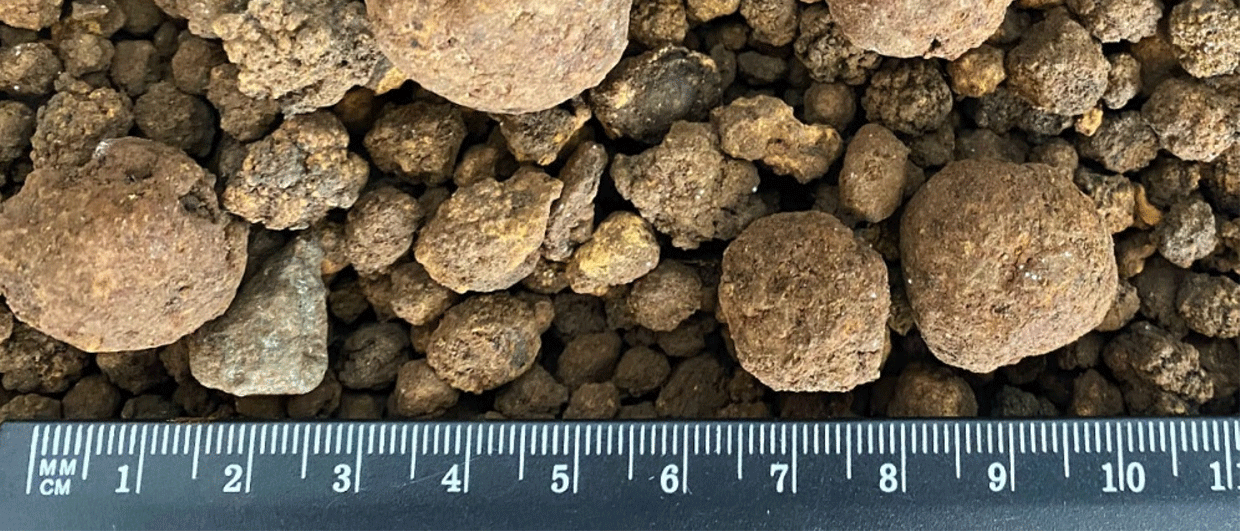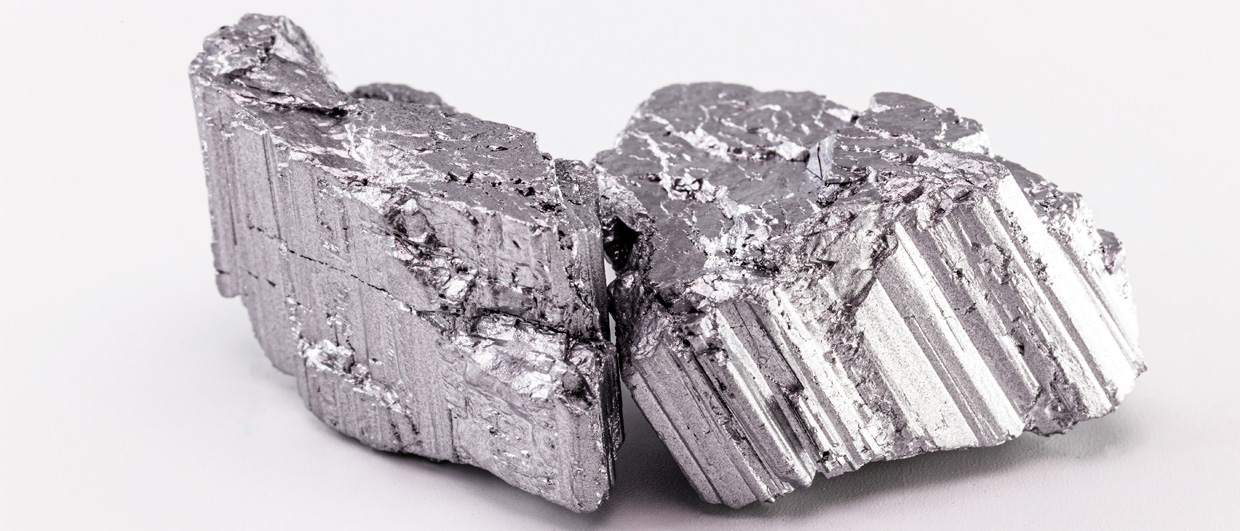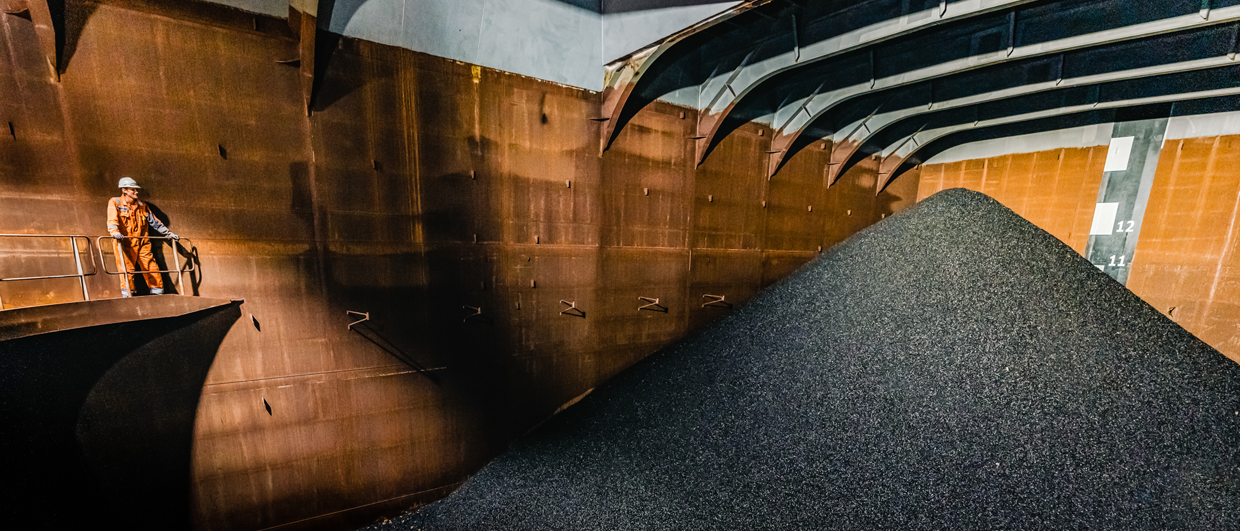While Norway is by far the most dominant player amongst the Nordic countries in terms of marine minerals, some activities are also being performed in Swedish waters.
The presence of iron and manganese-rich nodules in the Gulf of Bothnia has been recognized for decades. In recent years, the Swedish company Scandinavian Ocean Minerals (SOM) has begun to focus on these resources.
In September, the Geological Survey of Sweden (SGU) granted the company a permit to expand its exploration of mineral deposits in the Gulf of Bothnia. Last year, Scandinavian Ocean Minerals (SOM) received exploration permits for two areas in the Gulf, and this year’s decision by SGU allows the company to explore two additional areas.
“This is a milestone that gives us the opportunity to collect the data necessary to advance our ambition to assist the industry with the green transition,” said Peter Lindberg, CEO of Scandinavian Ocean Minerals.
Following the permits in September, the company spent two weeks in October conducting sampling in collaboration with Sweco. At the same time, researchers from Stockholm University carried out an independent research project to enhance understanding of the habitat in the Gulf of Bothnia.
Data collected during the expedition are being analyzed and will form the basis for an environmental impact assessment, which will be included in a permit application in 2025.
The company noted that 60 of the 80 surveyed square kilometers showed a “good presence” of manganese nodules, in line with previous estimates.
SOM has ambitions to start extracting the nodules, which they believe will help reduce Sweden’s and the EU’s dependence on importing critical minerals and metals. The company reports that the nodules contain manganese, iron, silica, phosphorus, and other elements useful in manufacturing electronic and medical products. It is estimated that the Gulf of Bothnia holds approximately 20 million t of these nodules.
“Our technology is developed to harvest nodules in an environmentally friendly way, which is essential for being able to extract the manganese nodules,” noted Lindberg. He also points out that the relevant extraction areas, at depths of 60 to 120 meters, make the project more technologically feasible than nodule extraction in the deep sea, which may occur at depths of several thousand meters.
The Baltic Sea is facing issues related to nutrient over-fertilization and low oxygen content. SOM references a 2011 study suggesting that the nodules can dissolve over time due to seawater acidification, potentially releasing 240,000 t of phosphorus contained in the nodules. Currently, the Baltic Sea receives about 30,000 t of phosphorus from land. By extracting the phosphorus-containing nodules, they could potentially help to mitigate this issue.





